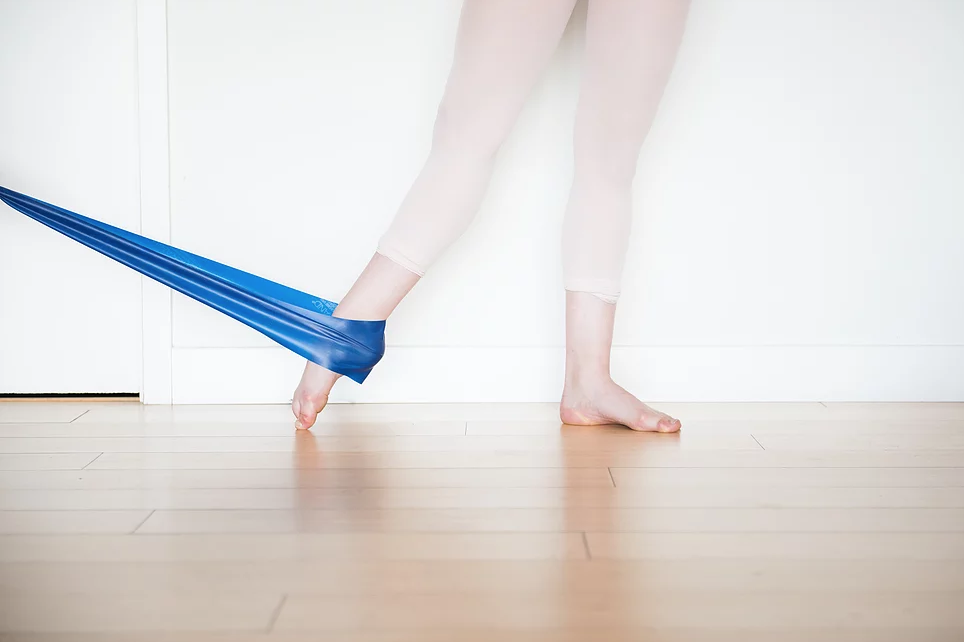Foot Care For Dancers
Feet are a dancer's foundation, their base, their interaction with the environment and a tool for expressing their craft. They are also one of the most commonly injured areas in dance. Here are some tips and tricks to ensure your feet stay happy and healthy, so you can keep on dancing!
Correct Footwear
Before you even start to dance, it’s important to make sure you’re wearing the correct footwear. This includes wearing the appropriate type of shoes for the genres you’re dancing (you wouldn’t wear tap shoes to lyrical class so don’t wear jazz shoes to ballet class!) as well as making sure they fit correctly. Most dance shoes are designed to fit more snugly than typical street shoes, but if they’re too tight in the toe, too narrow or too short, it can cause issues. Always try and make sure you’re buying shoes from a reputable dance shop with qualified dance shoe fitters. This is especially critical for pointe shoes!
Foot Warm-up
Warming up your feet should ALWAYS be part of your pre-dance warm-up routine. This can be as simple as doing some intrinsic foot exercises (see below), and some specific range of motion/mobility work for the feet. It doesn’t have to be long or complicated to be effective.
Foot strength and control
Over 50% of dance injuries happen in the foot and ankle. Ensuring adequate strength and control is one key element for injury reduction. Simple intrinsic exercises such as piano key toes, doming, and toe press; as well as ankle exercises such as rises using a resistance band will help ensure your feet are ready for anything you throw at them (or on them as the case may be ;).
Technique
Proper technique is critical to foot health. Compensations such as ‘rolling in’ and ‘sickling’ through the foot can put dancers at increased risk of injury. Likewise, using incorrect muscle recruitment when pointing your feet (commonly appears as scrunching the toes) can lead to overuse type injuries in the foot.
Recovery
Our feet are one of the hardest working parts of our body. It’s important to make sure they’re recovering adequately after classes, rehearsals and performances. Recovery can look different for everyone, but soaking your feet, doing some rolling/self-release/massage and using compression socks are popular options.
Foot Hygiene
Nails – it’s important for dancers (especially dancers doing pointe work) to keep toe nails short and neatly trimmed. Ingrown toe nails are inconvenient at best and at worst, can lead to infection, time lost from dance etc.
Callouses – As tempting as it is to go for a relaxing pedicure, don’t let them shave down your callouses! Carefully built up callouses will help to protect your feet from friction and can prevent friction burns, blisters, etc. That being said, it’s also important to make sure you keep your callouses under control.
Nail polish – a lot of studios have a no nail polish rule, and for good reason. You need to be able to see your toenails to get valuable information from them (have any of them gone black, are they thinning, evidence of fungus etc). If you just NEED to wear polish, try to pick a clear colour rather than something more opaque.
Blisters – unfortunately the occasional blister is an inevitable reality of dance life. Making sure you care for them correctly (keep them clean and dry, pad around them if necessary) is important to ensure they do not become infected. If you’re someone who chronically gets blisters, it’s probably time to look at your footwear and/or intrinsic foot muscle control to make sure those aren’t contributing to the problem.
What else would you add as part of your foot care routine?


